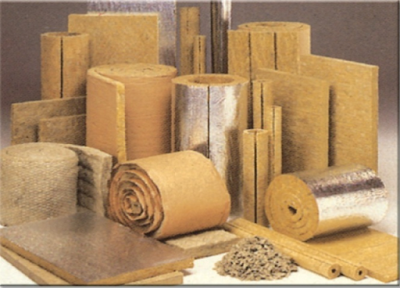Acoustic Insulation is also known as Sound proof insulation which is a great investment in home, offices or any kind of buildings which enhance the value of the buildings and give the perfect ambience for the place. Acoustic insulation is the important method for controlling sound propagation in buildings in particular areas. Acoustic insulation helps in reducing noise between two premises or in general between one area and another.
It doesn't matter the noise came from where whether sound originates from railways, aircraft or factories, are surrounded by it, can say noise is all around. It is found that in future traffic and noise will only get worse. Acoustic insulation in India is very important everywhere to reduce Sound noise. This is mainly for providing comforts and cosy working atmosphere. As regards with other construction types and in different climatic conditions, there will have to be as many evaluations concerning the new values of the transmittance coefficient.
The main application is in Buildings, Malls, Theaters, Offices, Hotels, Studios and Hospitals where simultaneous activities are going on. Acoustic Insulation can suppress unwanted sound waves that cause echoes and resonances which causes disturbance. India is the country there are many variations in temperature in different parts from south to north and east to west, there is requirement of Acoustic insulation in India in each and every building.
They can be considered as already suitable for obtaining an evaluation index of soundproofing power higher. It will therefore be sufficient to fill the inter space with self supporting panels. As regards with other construction types and in different climatic conditions, there will have to be as many evaluations concerning the new values of the transmittance coefficient. Soundproofing means reduce the sound pressure to a specified sound source and receptor.
This is required for reducing Sound Abuse. This is mainly for providing comforts and cosy working atmosphere. There are several basic approaches to reducing sound is to using damping structures such as sound baffles and using active anti noise sound generators. Acoustic insulation can be increased by using double walls. This can be done in the case of lightweight walls, as in the heavier wall and the more difficult is to increase the insulation. This is to reduce the sound between two apartments or rooms to build single walls and space them a certain distance apart. This assembly will provide greater insulation than a single wall of equivalent mass and represents a mass spring mass system.
It doesn't matter the noise came from where whether sound originates from railways, aircraft or factories, are surrounded by it, can say noise is all around. It is found that in future traffic and noise will only get worse. Acoustic insulation in India is very important everywhere to reduce Sound noise. This is mainly for providing comforts and cosy working atmosphere. As regards with other construction types and in different climatic conditions, there will have to be as many evaluations concerning the new values of the transmittance coefficient.
The main application is in Buildings, Malls, Theaters, Offices, Hotels, Studios and Hospitals where simultaneous activities are going on. Acoustic Insulation can suppress unwanted sound waves that cause echoes and resonances which causes disturbance. India is the country there are many variations in temperature in different parts from south to north and east to west, there is requirement of Acoustic insulation in India in each and every building.
They can be considered as already suitable for obtaining an evaluation index of soundproofing power higher. It will therefore be sufficient to fill the inter space with self supporting panels. As regards with other construction types and in different climatic conditions, there will have to be as many evaluations concerning the new values of the transmittance coefficient. Soundproofing means reduce the sound pressure to a specified sound source and receptor.
This is required for reducing Sound Abuse. This is mainly for providing comforts and cosy working atmosphere. There are several basic approaches to reducing sound is to using damping structures such as sound baffles and using active anti noise sound generators. Acoustic insulation can be increased by using double walls. This can be done in the case of lightweight walls, as in the heavier wall and the more difficult is to increase the insulation. This is to reduce the sound between two apartments or rooms to build single walls and space them a certain distance apart. This assembly will provide greater insulation than a single wall of equivalent mass and represents a mass spring mass system.










